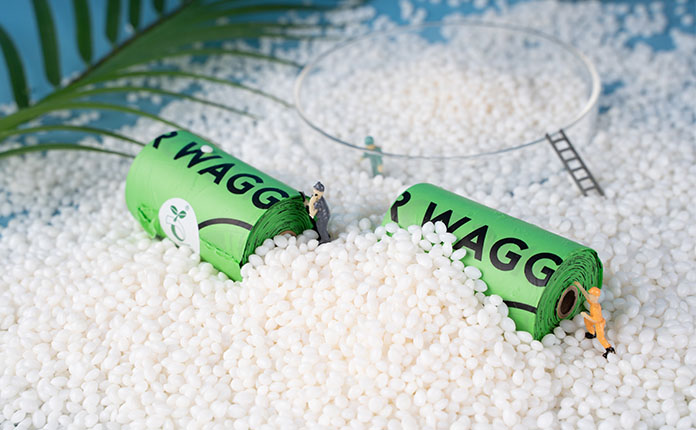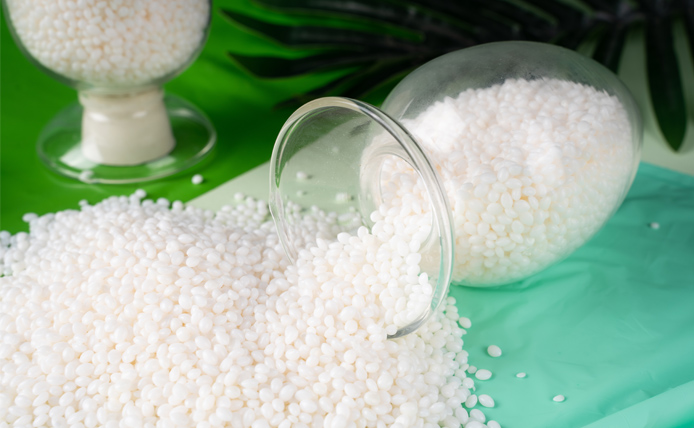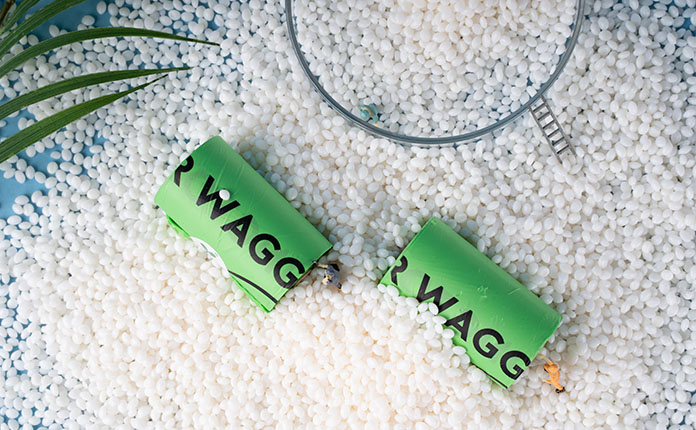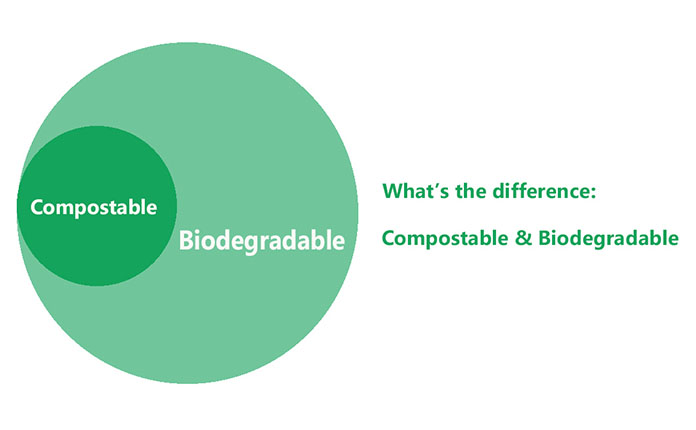Corn plastic is made from polylactic acid (PLA), a plastic substitute made from fermented plant starch. It is becoming a popular alternative to traditional plastics, which are derived from petroleum-based chemicals. The different uses of cornfield PLA may be a way to reduce the carbon footprint left by fossil-fueled plastics.
Cornstarch plastic is an alternative to petroleum-based plastics. It has the same properties, but corn plastic is made from corn starch polymer, a biodegradable and renewable resource. It looks like petroleum-based plastic, but can corn plastic reduce our dependence on petroleum?
The demand for green products has led to a growing industry in the manufacture of corn starch plastics. With many countries around the world banning the use of traditional petroleum-based plastic bags, polylactic acid (PLA) is expected to play an important role as a viable and biodegradable alternative.
What are cornstarch plastics and cornstarch polymers?
Corn starch or maize starch is a starch extracted from corn kernels. Starch is a naturally occurring corn starch polymer organic glucose polymer from corn kernels.Corn starch polymers are obtained from the endosperm of the seed kernel and are commonly used in food preparation.
Polymers are long chain molecules with basic repeating units. Corn starch polymers are used in the production of bioplastics and also in the manufacture of airbags. Corn starch polymers are polymers made by mixing olefins with corn starch. This makes them readily biodegradable and therefore can be used as an environmentally friendly alternative to petrochemical plastics.
Bioplastics are also known as organic plastics because they are derived from renewable biomass sources such as corn. Bioplastics can be made from agricultural by-products or agricultural waste and are a great way to reduce your carbon footprint. Renewable biomass sources such as vegetable fats and oils, corn starch, straw, recycled food waste, wood chips and sawdust are used to produce bioplastic materials.
On the other hand, synthetic polymer materials are produced from petroleum, which can be expensive depending on the price of oil, which is, of course, unsustainable.
Corn is the cheapest source of commercially available sugar and the most abundant. Cornstarch plastic has become very popular as an alternative to traditional plastics because it is more environmentally friendly.
The FDA has approved the use of polylactic acid (PLA) as a Generally Recognized as Safe (GRAS) polymer.
















